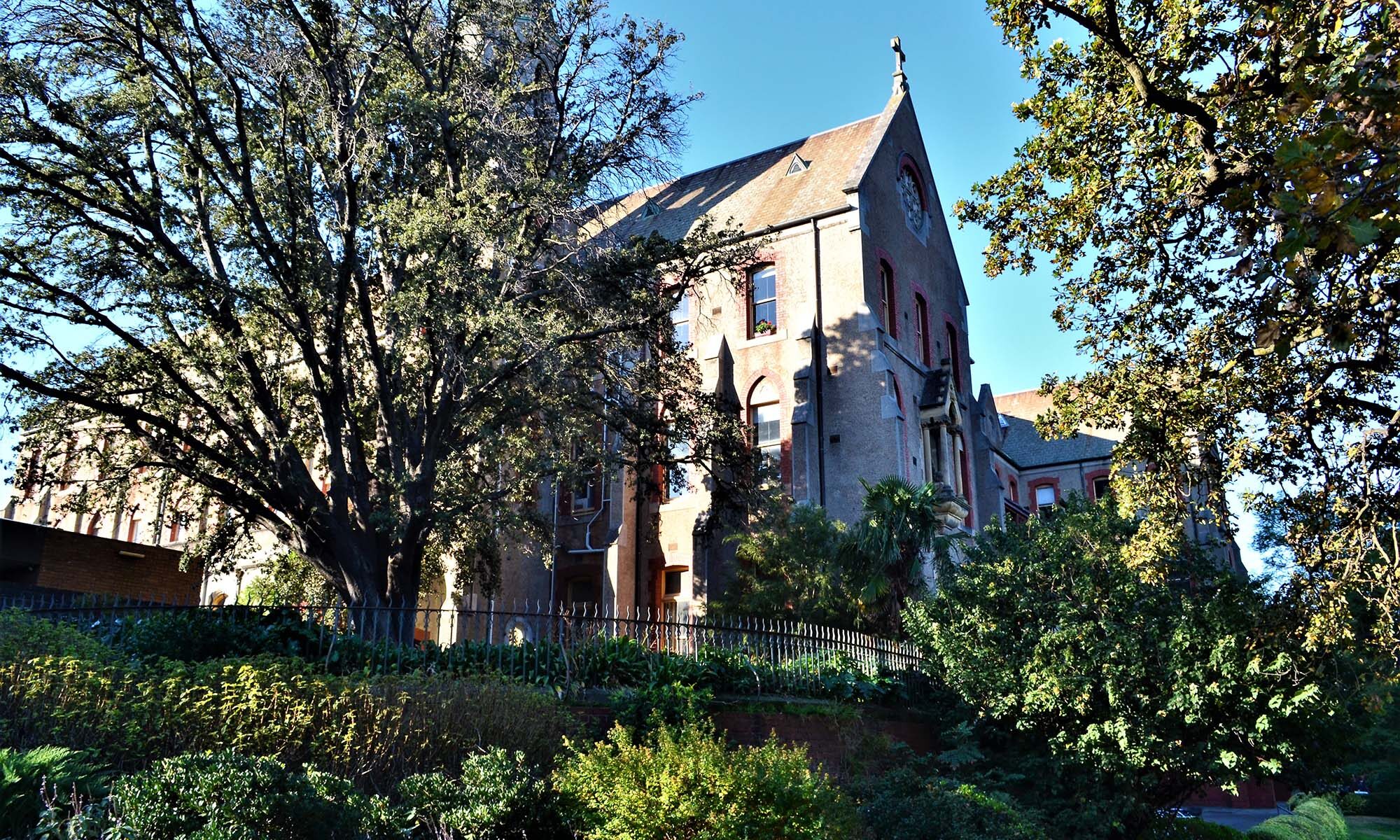
I couldn’t make the Collingwood Historical Society‘s annual walk yesterday, a damn shame since it was specifically about the industrial history of Abbotsford. Perhaps someone can provide me with some tidbits they learnt. The very first Abbotsford blogger, Bruce, went, and shared a smidgen on his blog.
The Lord sprayed sunshine and chirping birds on the annual fair of the Convent’s Rudolph Steiner school, Sophia Mundi (pictured). The junior school is in the Convent’s grounds, while the senior school remains in the Nicholson St building where I had been to previous fairs. It was a good fair, and suggested a well-run school. I took a look at the kindergarten on Abbotsford St a hop skip and a jump away, too. It’s called Little Sophia Rudolph Steiner Kindergarten, and also looked good. Some good friends of mine had a Steiner education. Steiner invented biodynamic agriculture, which holds the phases of the moon as important to when to grow things, anthroposophic medicine, and Waldorf education. He was also an architect, artist, and writer who presented more lectures than Justice Michael Kirby. There are 1,000 Steiner schools around the world. Rudolph thought the Germans were pretty special, and was influenced by Goethe. My hopelessly ignorant suspicion is that though Rudolph may have been pretty cool at the time (he died in 1925) thoughtless adherence to his more curious views today may be inadvisable. The feeling I got from the school was that they had probably embraced the good and moved with the times. The location is of course to die for, and the downsides — I postulate that eurythmy may be a downside — must be seen in the context of the upsides, like access to the Convent and the Yarra and the Children’s Farm.



